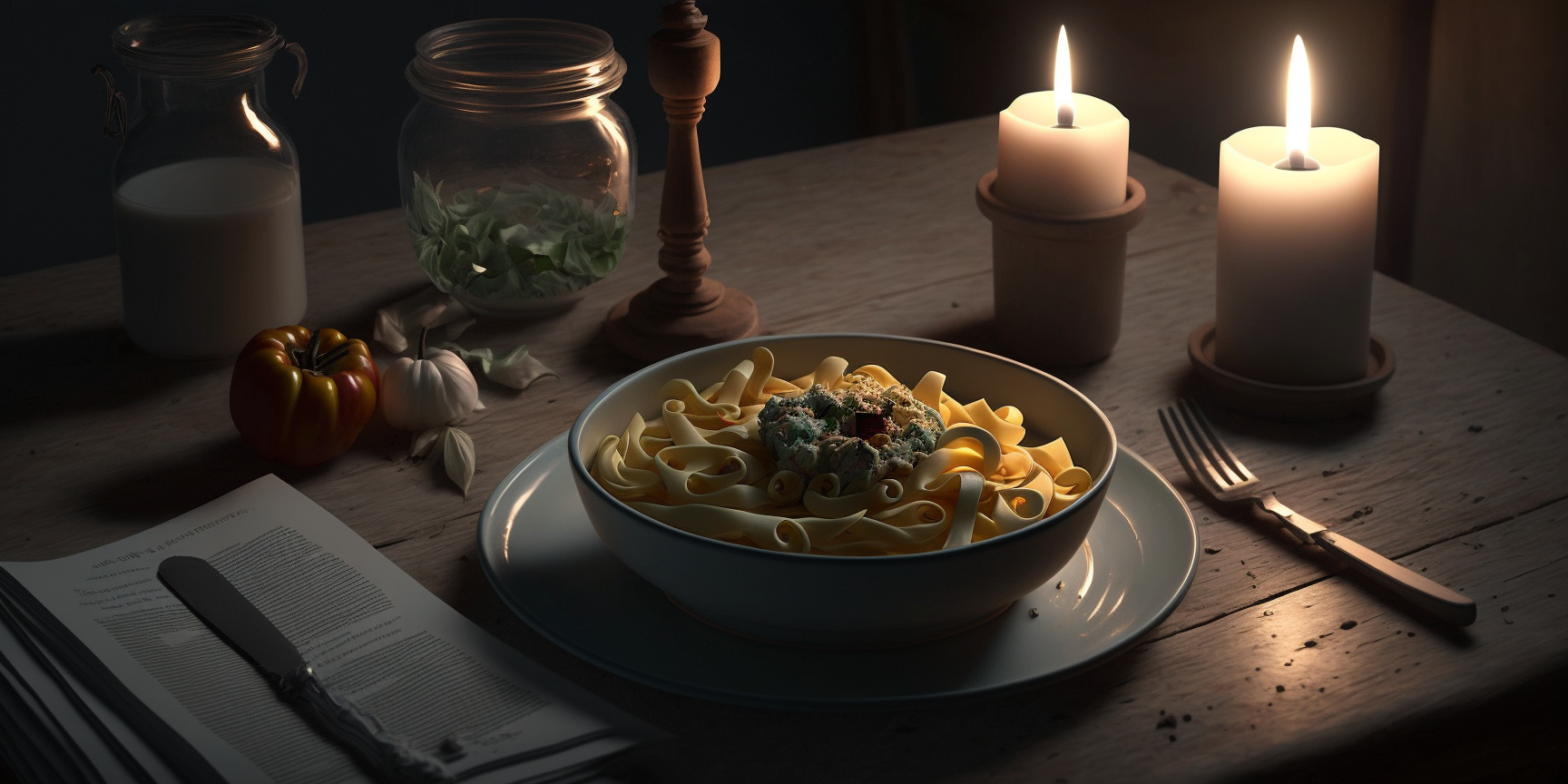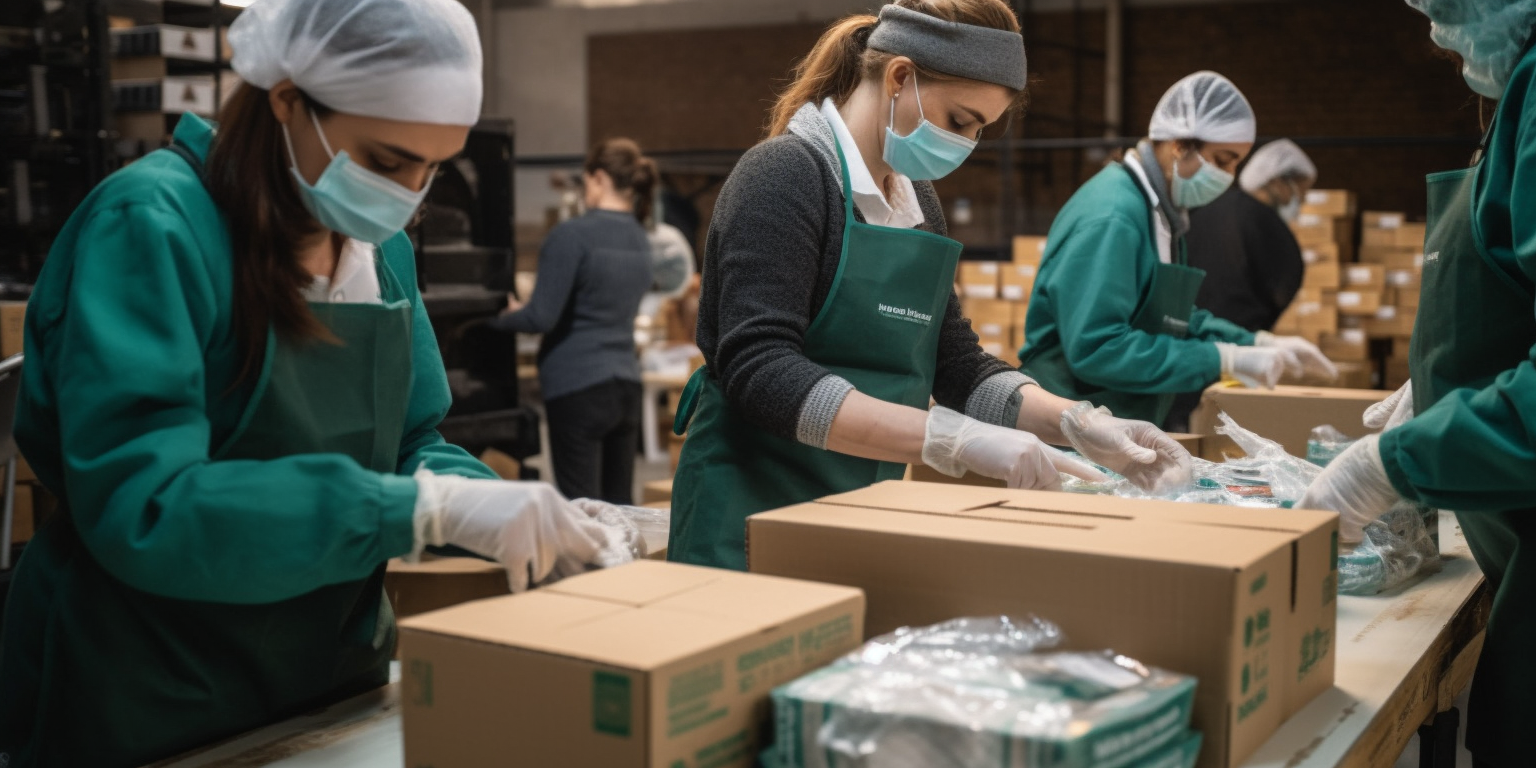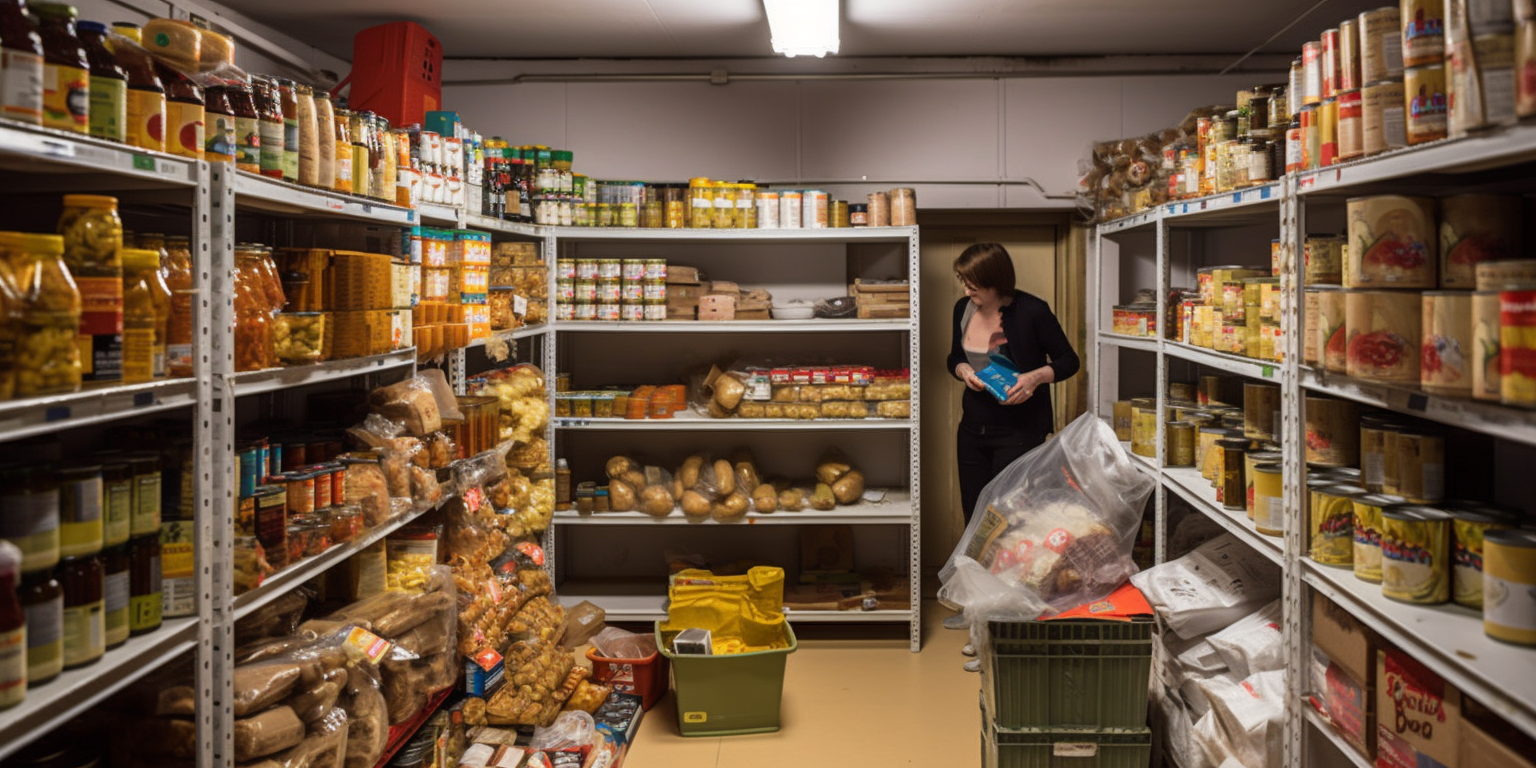
Planning for the Worst: Emergency Food Storage for Preppers
Planning for the Worst: Emergency Food Storage for Preppers
The Importance of an Emergency Food Storage Plan
Emergency food storage is the process of building up a supply of food that will be available for when you need it most. There is always a balancing act that needs to occur - right now food is plentiful and cheap, but in a crisis food might be extremely difficult to access and almost unaffordable. Buying now will enable you to purchase standard longer-life food at comparatively low prices, but depending on its shelf-life it still might not be consumable when you need it in the future. If you purchase super long-life food it will guarantee you food when you need it, but it comes with a price premium. Therefore there is clearly a balancing act that needs to occur in order to ensure that you achieve a cost effective approach to mitigating future risks.
The basic goal of an emergency food storage plan is to provide you with enough food to survive for a specific period of time. Typically, for localised disasters, such as floods, this means 3 days of water and food, but for a committed prepper, the timescale is completely different, with some preppers building up food reserves of up to 10 years.
But do you need 10 years worth of food supplies for you and your family? Certain worst case scenarios would suggest that this would guarantee your survival, however considerably smaller food reserves would provide a huge advantage over the rest of the population.
Establishing a long-term food store is important, but only as part of an overall strategic plan, that will include developing skills, building up other resources, accessing crucial equipment and having a clear destination.
If you have a robust plan, then your emergency food store might only require 3 months' food for you and your family, as you will be able to use your skills and resources to access or grow further food supplies in the future. 3 months food will also cover a large array of short-term disasters, enabling you to continue without panic-reacting like the rest of the population.
3 Steps to Create Your Own Emergency Food Storage Plan
There are a few critical steps to creating a solid emergency food storage plan: -
Assess your risk level - Are natural disasters common where you live? Are there areas of the country that are more prone to experiencing pandemics or cyber attacks? What is the likelihood of a financial crisis occurring? Answer these questions, and then consider how prepared you are to handle each type of emergency.
Create a detailed food storage checklist - Once you’ve identified your risk level, it’s time to sit down and create a detailed food storage checklist. This will help you to decide on the exact type and quantity of food that you should store.
More guidance on developing a food storage checklist.
Keep your food supply fresh - Once you’ve obtained the food, you need to make sure that you keep it fresh. Items like canned food and rice will only remain edible for a certain period of time, so you’ll need to replace them regularly. Obviously if you have purchased super long-life food then this might only require replacing after 10-15 years.
What Should Be Included in Your Emergency Food Supply?
There are many different types of food that can be included in an emergency food stockpile. Generally speaking, you’ll want to store food that is easy to store and lasts for a long period of time. The more careful you are with your long life food, the longer it will last. You’ll want to store foods that your entire family will eat, even if they aren’t thrilled about eating them. You also don’t want to store foods that are likely to cause allergic reactions in some of your loved ones.
For a list of long life foods that are suitable for including in your emergency food supply, we suggest you visit Building Your Food Stockpile: 50 Long-Life Foods To Include.
5 Must Have Items For Your Kit
Water - You can survive for several weeks without food, but you can only survive a few days without water. You’ll need at least a gallon of water per person per day. You may also want to include a water filtration or purification kit in your emergency food storage plan.
Rice - Rice is a staple food in many Asian countries, and for good reason: it’s easy to store and lasts for years, it’s cheap to buy, and it goes with almost any type of food.
Dried Beans - You can buy a variety of different dried beans, including black beans, pinto beans, and kidney beans. They are a common staple in food storage plans. Beans are easy to store, and they have a long shelf life. They are easy to cook, too. You can mix beans with other foods to make them more nutritious, or you can make them into soups or stews.
Dried Pasta - Dried pasta is extremely cheap and easy to store, and it goes with a wide variety of different foods.
Salt - You might be surprised to see salt on this list, but it’s actually one of the most important emergency food storage items. Salt is a mineral that is necessary for human survival. It helps your body to regulate blood pressure, and it also keeps fluid in your body.
Conclusion
Planning for the worst doesn’t have to be a chore. In fact, it can be fun and creative, and it can bring your family closer together. The best part is that you’ll be prepared and ready for anything life throws your way. When disaster strikes and society is thrown into panic mode, your ability to feed your family will be put to the test. From natural disasters like hurricanes and earthquakes, to man-made catastrophes like pandemics or cyber-attacks that shut down essential services for an extended period of time, all the way to global monetary collapse and civil war, there are many potential emergencies that could disrupt society as we know it. The best way to prepare for such a worst-case scenario is to have developed an emergency food security plan.
Suggested Articles
Emergency Food Supply for Multi-Day Power Outages: A Comprehensive Guide for UK Residents
Power outages can strike at any time, and with an increasing demand for electricity and a more volatile climate, the ...
The Role of Emergency Food in Pandemic Preparedness: Lessons from COVID-19
The COVID-19 pandemic has laid bare the vulnerabilities of our global food supply chains and has demonstrated the nee...
The Crucial Role of Emergency Food in Hunger Relief and Crisis Situations
Unravelling the significance of emergency food provisions in combating food insecurity and supporting vulnerable popu...




